[joli-toc]
Timber veneer refers to thin slices of wood, usually thinner than 3 mm (1/8 inch), that are typically glued onto core panels (like wood, particle board, or medium-density fiberboard) to produce flat panels such as doors, tops, and panels for cabinets and parquet floors. Veneer board is a broad term that encompasses these composite products, characterized by a real wood surface layer.
Brief Overview of How Timber Veneer Sheets Are Produced
The production of timber veneer sheets involves slicing large blocks of wood known as flitches. The wood can be sliced in different ways—rotary cut, quarter slicing, and crown cut are some of the common methods—each providing a unique pattern on the veneer. These thin slices are then dried and pressed onto substrate materials, forming the veneer boards used in various applications.
Environmental Benefits of Using Timber Veneer
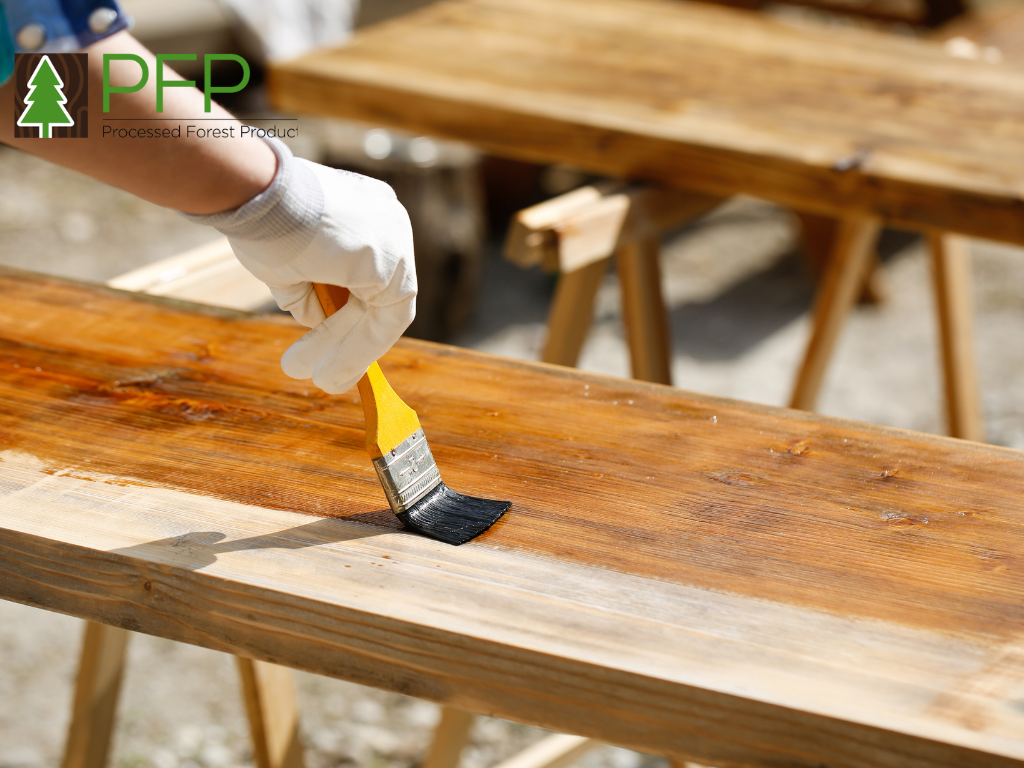
Sustainability in Production: How Veneer Utilizes Wood More Efficiently
Timber veneer production maximizes the use of wood from a single tree, making it a more sustainable choice. Veneers allow for the conservation of wood by slicing it into thin sheets, which can cover a much larger area compared to solid wood of the same volume. This efficient use of wood reduces the demand for timber and helps conserve forest resources.
Contribution to Forest Management and Conservation
The use of timber veneer supportss sustainable forest management practices by extending the lifecycle of wood and reducing waste. Well-managed forests are sustainable ecosystems that provide essential resources while maintaining their biodiversity and functionality as a natural habitat.
Recycling and Biodegradability of Timber Veneer Products
Timber veneer products contribute positively to environmental sustainability through their recyclability and biodegradability. Unlike many synthetic materials, wood veneerses can be recycled at the end of their lifecycle, and they are naturally biodegradable, breaking down without leaving harmful residues.
Cost-Effectiveness of Timber Veneer Sheets
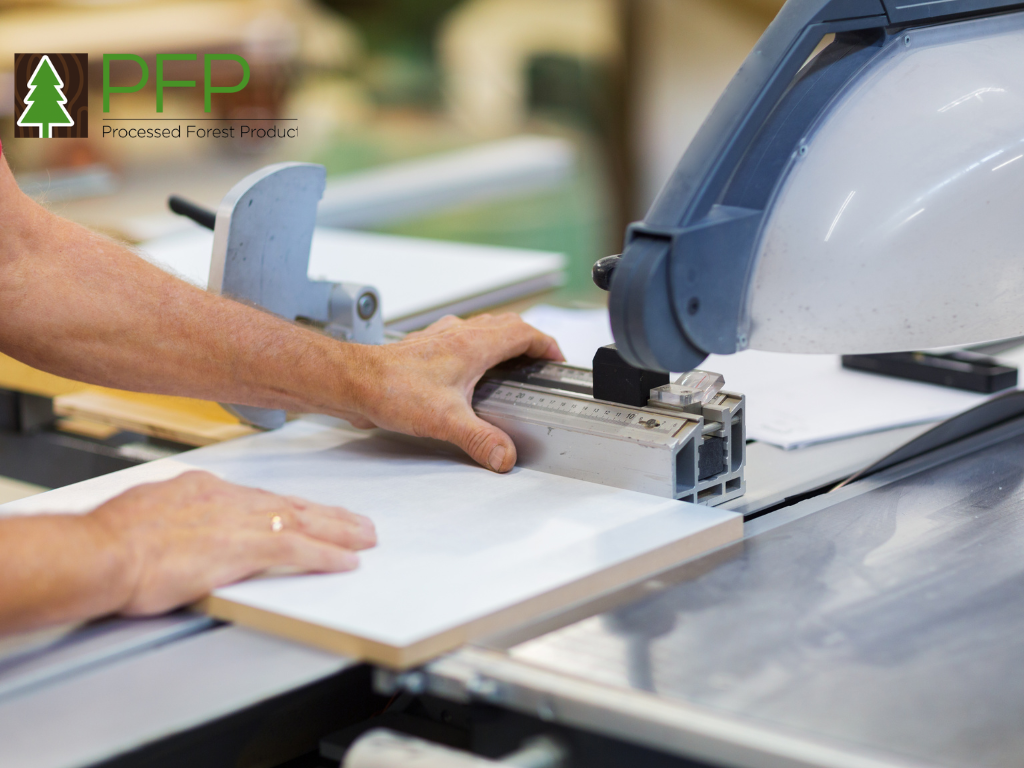
Comparison of Cost Between Timber Veneer and Solid Wood
Timber veneer sheets are generally more cost-effective than solid wood, especially when considering rare or exotic woods. Veneers provide the aesthetic appeal of expensive woods without the high cost, making luxury wood patterns more accessible for various projects.
Economic Benefits for Large-Scale and High-Volume Projects
For large-scale or high-volume projects, the cost benefits of timber veneer become even more pronounced. The ability to produce more surface covering from less wood allows for budget allocations to stretch further, reducing overall material costs while still achieving high-quality finishes.
The Longevity and Durability of Veneer Products in Various Applications
Despite their thinness, timber veneer sheets are durable and can last as long as solid wood when properly cared for. They are also less prone to warping and splitting because the veneer is bonded to a stable substrate, enhancing the longevity and utility of the wood.
Aesthetic Benefits of Timber Veneer in Design
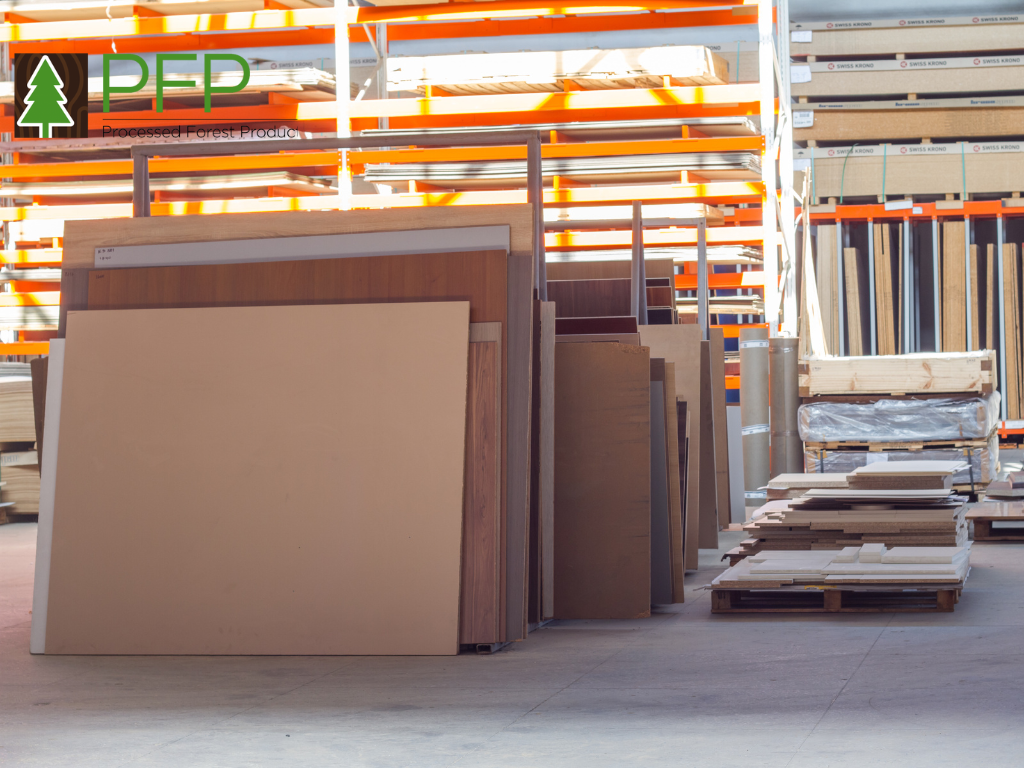
Variety of Finishes and Textures Available with Timber Veneer
Timber veneer offers a wide range of finishes and textures, making it a versatile choice for designers and architects. From the natural look of wood grains to polished and matte finishes, veneer can be treated with stains, varnishes, and other finishes to achieve virtually any appearance. This versatility enables designers to create unique and appealing environments tailored to specific themes or aesthetics.
How Veneer Can Mimic Rare and Expensive Woods at a Fraction of the Cost
One of the most significant advantages of timber veneer is its ability to replicate the look of rare and expensive woods without the associated costs. Veneer sheets are made from real wood, ensuring that the final product retains the authentic patterns and textures of the original wood but at a much lower price. This allows for the use of luxurious wood types, such as mahogany or teak, in a more cost-effective manner.
Examples of Aesthetic Enhancements Using Veneer in Modern Architecture
In modern architecture, timber veneer is used to add warmth and elegance to spaces. For example, veneer panels are often used in the lobby areas of high-end hotels or corporate buildings to create a welcoming and sophisticated atmosphere. Additionally, veneer is used in residential projects for cabinetry, flooring, and wall coverings, providing a high-end look while keeping costs manageable.
Functional Benefits of Timber Veneer in Construction and Furniture Making
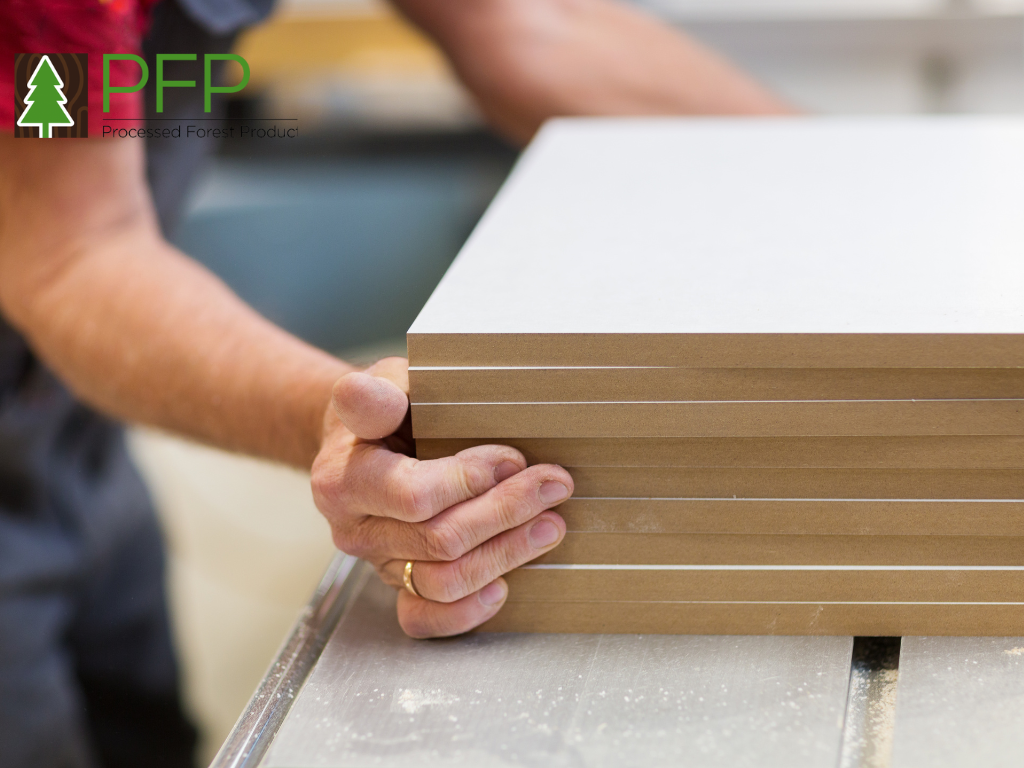
The Flexibility of Veneer for Curved Surfaces and Complex Shapes
Timber veneer is exceptionally flexible, making it ideal for covering curved surfaces and forming complex shapes that would be difficult or impossible to achieve with solid wood. This flexibility opens up new design possibilities, allowing for the creation of intricate furniture pieces and architectural details.
Lightness and Strength: Ideal Characteristics for Both Furniture and Structural Applications
Despite its lightness, timber veneer does not compromise on strength. This combination is particularly beneficial in furniture and structural applications where weight might be a concern but where durability cannot be sacrificed. Veneer’s structural integrity makes it suitable for both decorative and load-bearing applications.
Ease of Installation Compared to Solid Wood
Timber veneer ease of installation is another functional benefit. Veneer sheets can be easily cut and adhered to various substrates, making the installation process quicker and less labor-intensive compared to solid wood. This ease of installation not only reduces labor costs but also minimizes disruption in renovation projects.
The Role of Veneer Board in Interior Design
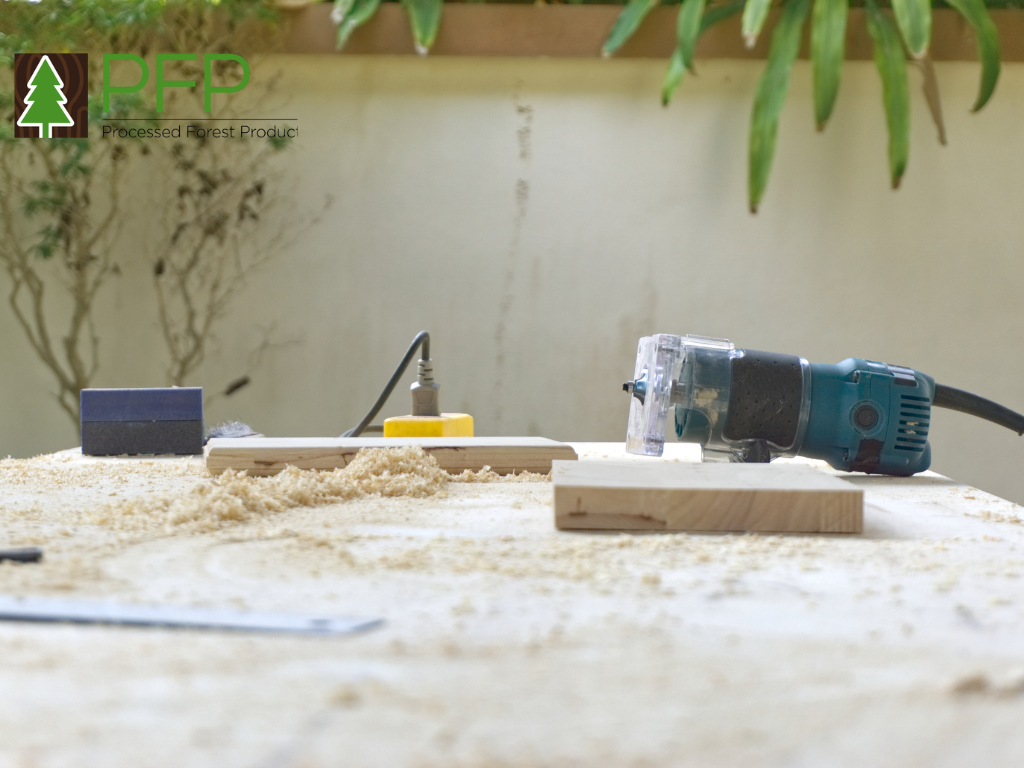
Versatility of Veneer Board in Design and Decor Applications
Veneer board is celebrated for its versatility in design and decor applications. Its ability to mimic various wood types allows designers to employ a range of aesthetic styles—from classic to contemporary—without the cost associated with rare or exotic woods. This versatility extends to applications such as furniture, wall panels, flooring, and even ceiling treatments, offering cohesive design options across a variety of spaces.
Integration of Veneer Board in Residential and Commercial Spaces
In residential settings, veneer board can elevate the sophistication of spaces through luxurious finishes on cabinetry, flooring, and feature walls. It is also frequently used in commercial environments, such as offices and hotels, where the appeal of wood is desired but durability and budget considerations are paramount. The integration of veneer board in these spaces demonstrates its adaptability and broad appeal.
Customization Options Provided by Veneer Boards
Veneer boards provide extensive customization options, thanks to the variety of available wood species, grains, and finishes. Designers can specify the orientation of the grain, select from a range of thicknesses, and choose custom stains or finishes that complement the interior’s design theme. This level of customization allows for unique, tailored aesthetics that meet specific design goals and client preferences.
Conclusion
The future of veneer in design and construction looks promising, driven by ongoing innovations and a growing emphasis on sustainable practices. Trends indicate an increased use of engineered and reconstituted veneers that provide even greater environmental benefits and design possibilities. Additionally, the development of new adhesives and substrates is making veneer applications more durable and versatile, accommodating a wider range of uses both indoors and out.

